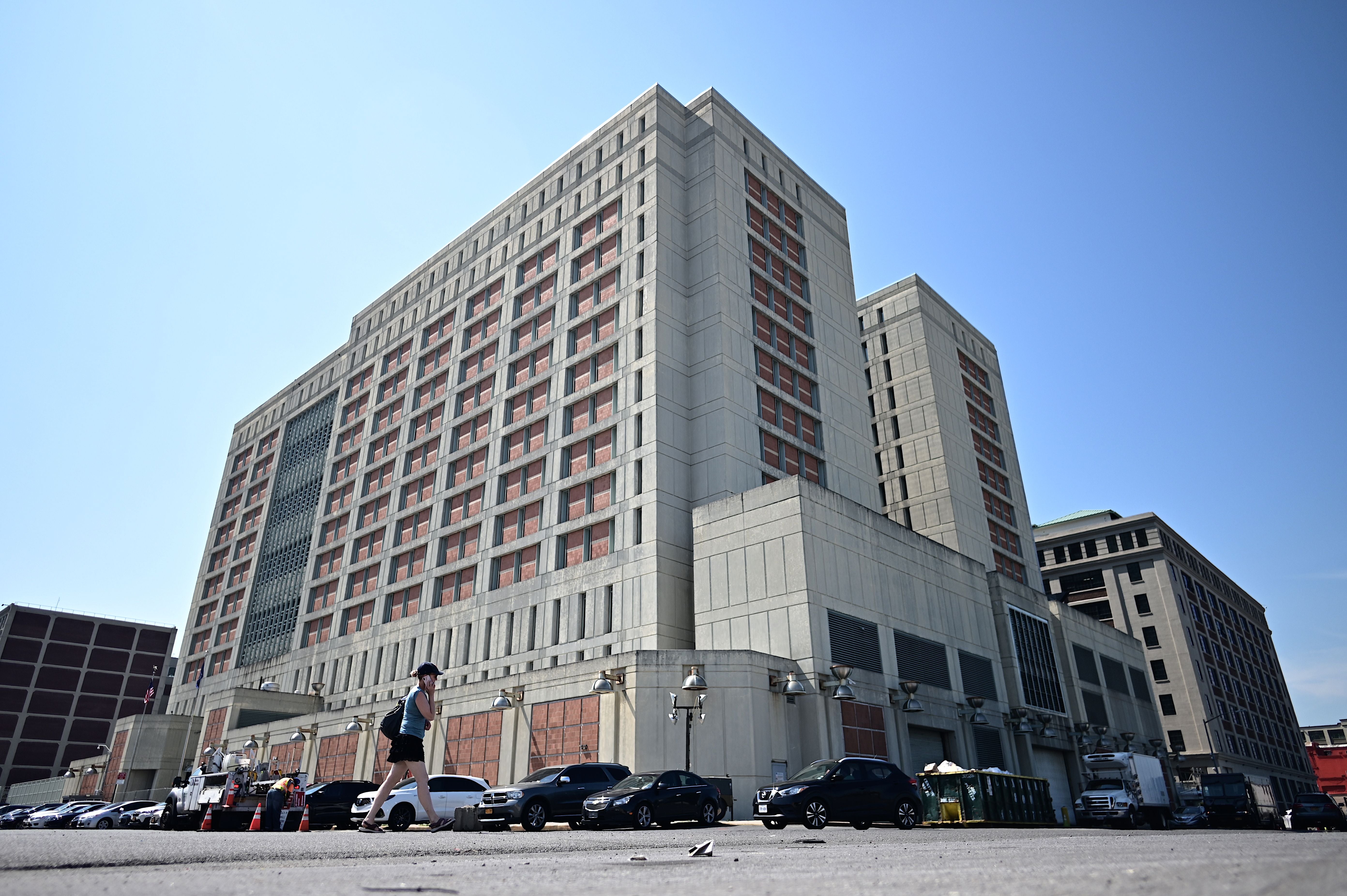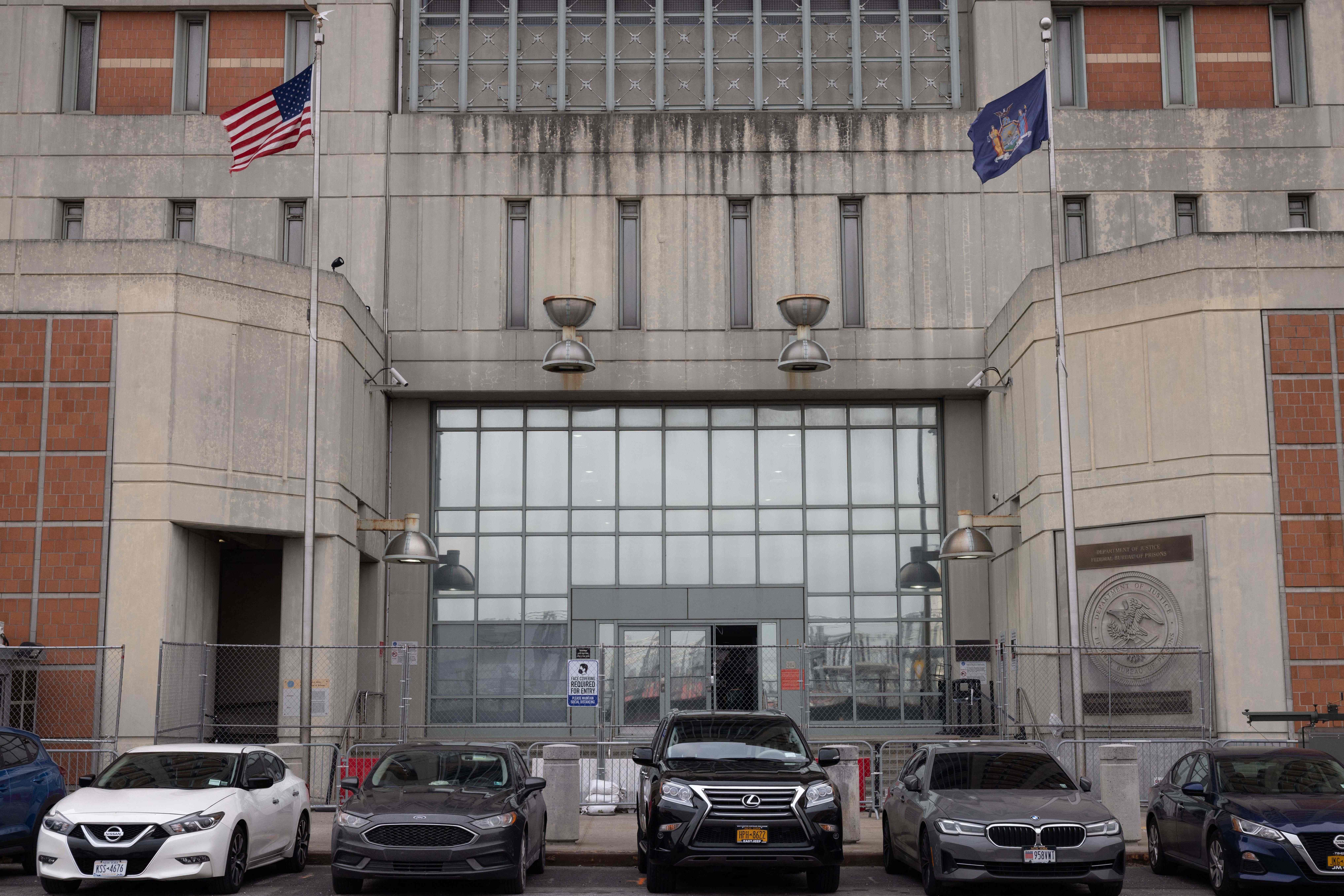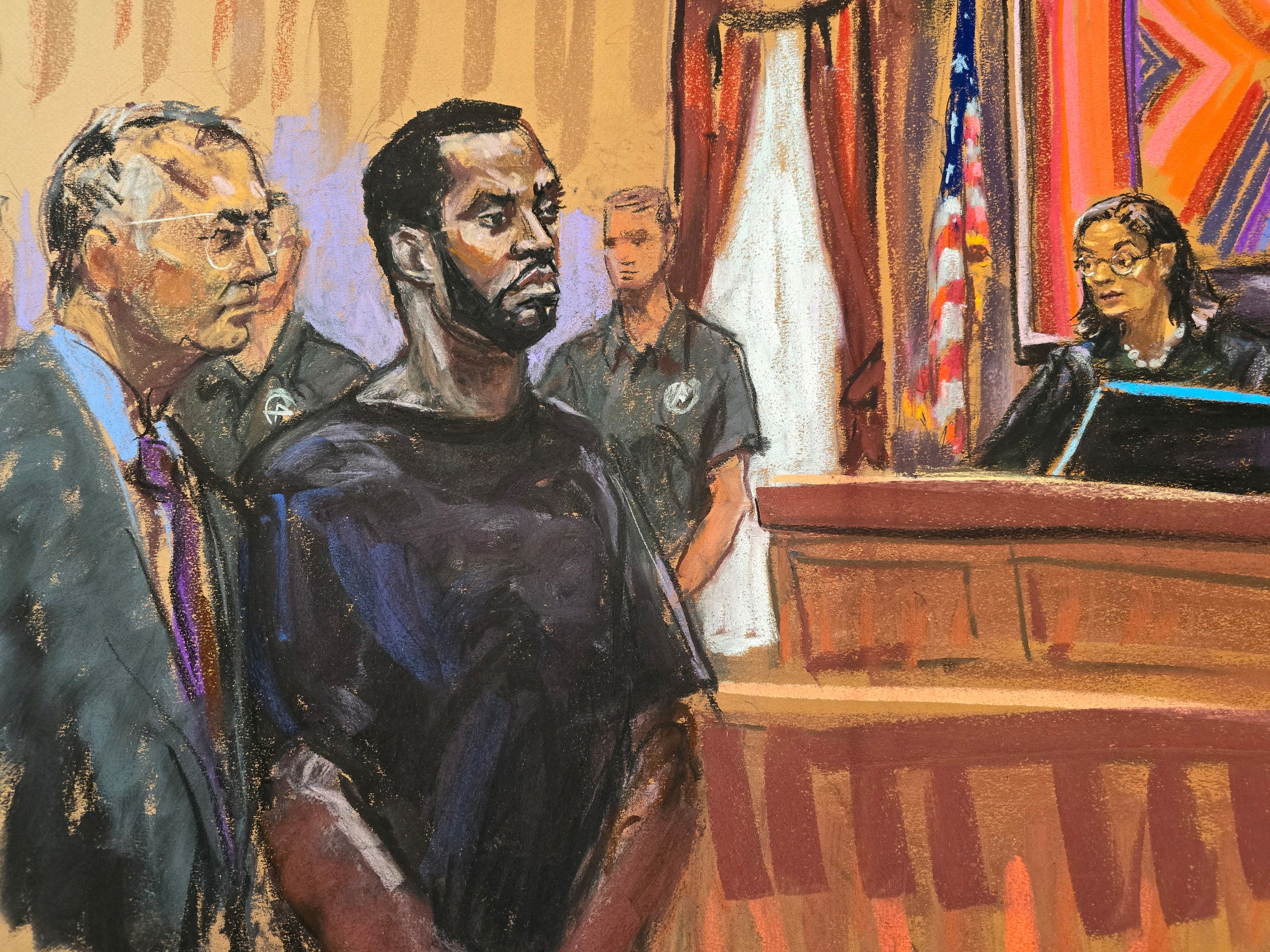Inside the New York jail where Sean ‘Diddy’ Combs is currently being held
Diddy is currently being housed in the notorious Metropolitan Detention Center in Brooklyn ahead of his trial on racketeering and sex trafficking charges
Deadly stabbings, “barbaric” living conditions and maggots in the food: this is the state of the New Yorkprison where Sean “Diddy” Combs is being held.
Diddy is currently being housed in pretrial detention in the notorious Metropolitan Detention Center in Brooklyn and will stay there until he faces trial on racketeering and sex trafficking charges.
It’s a facility that is no stranger to famous faces, having previously housed sex trafficker Ghislaine Maxwell, Fyre Festival fraudster Billy McFarland and rapper R Kelly, who was found guilty of child sexual abuse.
Diddy was arrested on Monday in New York and hit with charges of racketeering, sex trafficking and transportation to engage in prostitution for allegedly running a decades-long “criminal enterprise” that forced victims to carry out sex acts.
He has pleaded not guilty to the charges.
In his first court appearance in September, the media mogul’s attorneys asked the judge to release him on house arrest until the trial but the request was denied.
In the hearing, his legal team argued that “several courts in this District have recognized that the conditions at Metropolitan Detention Center are not fit for pre-trial detention.”

“Just earlier this summer, an inmate was murdered,” the lawyers said, according to The Daily Beast. “At least four inmates have died by suicide there in the past three years.”
MDC has been plagued by violence, chronic understaffing, a lack of medical care and unsanitary conditions for some time.
Earlier this year an inmate, Uriel Whyte, was stabbed to death while awaiting trial on gun charges.
Many have spoken out about the “barbaric” conditions inside the prison, with one inmate claiming the jail sees stabbings “at least a couple of times a week.”
“One guy was stabbed in the eye with a makeshift knife,” the inmate, only named as Eli, told Spectrum News NY1.
“And these knives, again, I have never been to jail. This is my first time in jail, but these knives are six, nine inches long sometimes, you know, homemade with materials from the steel walls. It’s very violent. There’s stabbings, there’s stabbings at least a couple times a week.”

The outlet also obtained video which showed cockroaches in food, broken lights and mold in the showers.
In another criminal case, federal Judge Gary Brown threatened to vacate the sentence of a 75-year-old who was convicted of a tax scam if he was sent to the facility because of the “dangerous” and “barbaric” conditions, The Brooklyn Eagle reported.
His ruling referenced two murders and a stabbing that “went unchallenged” by officers until it was almost over.
“These incidents demonstrate a woeful lack of supervision, breakdown of order, and an environment of lawlessness that constitute unacceptable, reprehensible and deadly mismanagement,” he said in court documents.

David Patton, former head of Federal Defenders of New York, told NY1: “A lack of medical care to real serious sanitation issues to maggots in the food to violence, everything you can think about that’s problematic at a jail or prison is problematic at the MDC, and it has been for a very long time.”
In 2019, more than a thousand inmates were stuck in freezing cells for days when there was no heating following a power outage in the middle of winter, according to reports at the time.
For Diddy, it’s a drastic change in circumstances from his rich, celebrity lifestyle.
In November, he was denied bail for the third time after appearing in federal court in New York, where his lawyers attempted to secure his release on a $50m bond, and a move from a prison cell to a luxury apartment on the Upper East Side of Manhattan, saying that he would be placed under “significant” restrictions while he prepared for his trial – scheduled for May 5 2025.
But in a ruling, Judge Arun Subramanian denied the application, agreeing with prosecutor arguments that Combs had shown a propensity for violence previously, and could not be “trusted” to obey rules if released.

